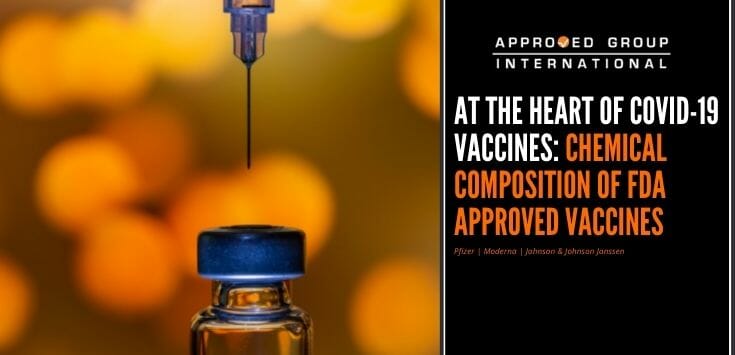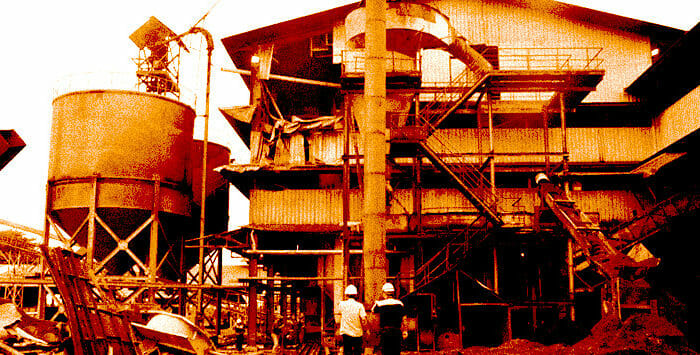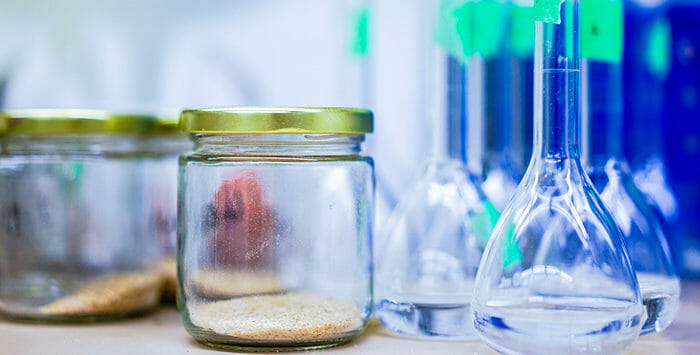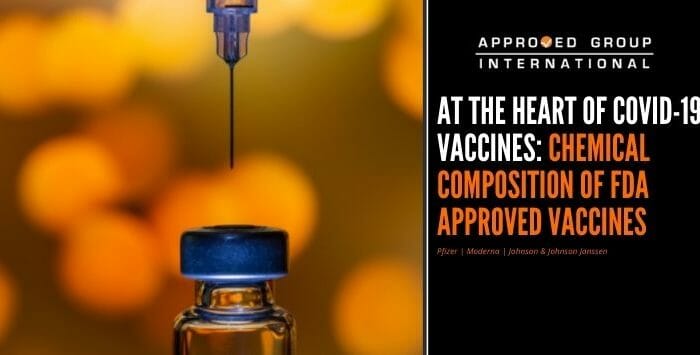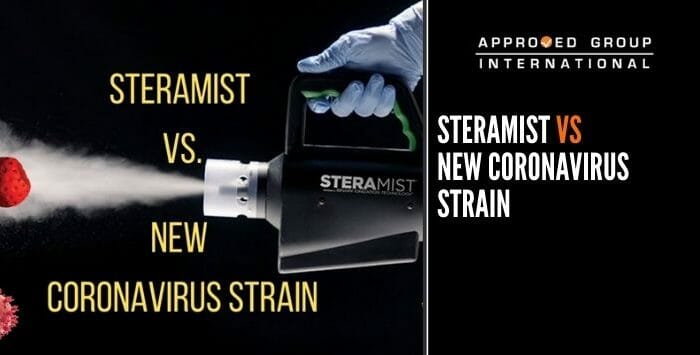Coronavirus disease (COVID-19) is an infectious disease caused by SARS-CoV-2 virus. SARS-CoV-2 stands for “Severe Acute Respiratory Syndrome Corona Virus 2 ”. It has had an unprecedented impact on the health and livelihood of people calling it a global health emergency. The highly infectious virus spread swiftly to at least 185 countries, at least 218 million people infected with 4.54 million deaths- reportedly.
Moreover, the COVID-19 pandemic has led to a dramatic loss in economy with tens of millions of people at the risk of poverty, sizeable loss of jobs and millions of businesses suffering an existential threat. No income means no food, no food means no nutrition, blending into a perfect cause for malnutrition as well as more deaths.
Newer variants of the SARS-CoV-2 virus have emerged due to mutation. The variants are more transmissible and infectious. Several countries are ushering vaccines to facilitate broader immune response and reduce transmission within humans. More than 200 types of vaccine providers have participated in the race from which 31 had entered the clinical phases of testing and 8 entered the final clinical trials last year.
Pfizer-BioNTech, Moderna, Johnson & Johnson Janssen vaccines have been regarded as safe, of high quality, approved by the FDA (Food and Drug Administration) and authorized for Emergency use.
Pfizer for BioNTech or Comirnaty
mRNA based vaccine manufacturer Pfizer BioNTech, has named its vaccine as Comirnaty in the US and Tozinameran in Europe. They have the same formulation and can be used interchangeably. mRNA vaccine trains human cells to make protein that triggers an immune response by producing antibodies from within. Spike-shaped protrusions found on the surface of the COVID-19 virus demonstrates the presence of S-proteins.
Without the S-protein the virus cannot penetrate the cells of humans and animals to cause infection. Therefore, they are consummately considered for vaccine and antiviral research. mRNA manufactures the S-proteins of the coronavirus. They enter cell membranes of the muscle cells and causes the cell to break down to get rid of the spike protein. Break down is a result of the genetic instructions that guides the protein to carry out its functions. The immune system recognizes that the attached protein piece is foreign, so it starts creating antibodies.
S-protein is the main source of antigen amongst all structural proteins of SARS-CoV-2. It is responsible for actuating protective immunity against viral infections. It also reduces the risks of having serious consequences due to the disease. The mRNA is very delicate, hence needs to be kept at around -100o F before being shot intramuscularly.
General information about Pfizer vaccine
Contents
Active ingredient
Nucleoside-modified mRNA encoding the viral spike (S) glycoprotein of SARS-CoV-2
S-protein of SARS-CoV-2 plays an essential role in the fusion of the cell membrane, recognizes, and binds itself to the receptor ACE2 (angiotensin-converting enzyme 2). When it binds, TM protease serine 2 that is located on the host cell membrane allows the virus to enter the cell by activating S-protein. Now that the virus has entered the cell, viral RNA genome is released followed by its replication and transcription in the host cell. Here, structural proteins amalgamate and come together in the host cell. Subsequently the viral particles are released. Thus, the S-protein is responsible for receptor recognition, cell binding and fusion during a viral infection.
Inactive ingredient
Lipids
(4-hydroxybutyl)azanediyl)bis(hexane-6,1-diyl)bis(2-hexyldecanoate)/ ACE-0315 2[(polyethylene glycol (PEG))-2000]-N,N-ditetradecylacetamide 1,2-distearoyl-sn-glycero-3-phosphocholine Cholesterol Salts
Sodium chloride/ table salt Monobasic potassium phosphate Potassium chloride Dibasic sodium phosphate dihydrate Other
Lipids like PEG-2000, 1,2-distearoyl-sn-glycero-3-phosphocholine, cholesterol are used in Pfizer and Moderna both. Lipids are tiny (about 100 nanometres) greasy globules that surround mRNA so that it can slip inside the cell easily. Pfizer contains four types of lipids.
ACE-0315 is a colourless, oily substance and the main lipid amongst the four in Pfizer. It is a cation so it can be positively charged to encapsulate the negative mRNA.
PEG-2000 is a stabilizing agent used in both Pfizer and Moderna vaccines. PEG is responsible for a serious life-threatening allergic reaction often occurring immediately upon exposure to the allergic substance. Swelling, formation of hives, shock or even a sudden drop in blood pressure are characteristic features of such anaphylactic reactions. However, PEG is also found in cosmetics like creams, food, and pharmaceutical products as additives.
Cholesterol is characterized as helpers that provide structural strength to the other lipids and restricts them from conglomerating.
Pfizer contains four salts including kitchen salt. Together, they help to balance pH levels in the vaccine so that it is consistent with the acidity level of the muscle it gets injected in. These salts are referred to as “Phosphate-buffered saline ”. Ultimately, they prevent rupturing of cells or dehydration caused due to osmosis.
Sucrose or sugar prevents freezing of tissues or stop the frozen nanoparticles from sticking together.
Pfizer vaccine is free from preservatives, eggs, and latex. While injecting, the vaccine is diluted with a saline solution containing water and sodium chloride so that the injection matches the salt content of the blood.
Effective shots: 2, 21 days apart (intramuscular)
Age group: 16 years+
Moderna Vaccine
Moderna vaccine is also made up of mRNA technology that helps to develop antibodies against COVID-19. Similarly, it also contains lipids that help to slide mRNA into the cells owing to its greasy attribute.
Contents
Active ingredient
Nucleoside-modified mRNA encoding the viral spike (S) glycoprotein of SARS-CoV-2
Inactive ingredient
Lipids
PEG2000-DMG: 1,2-dimyristoyl-rac-glycerol, methoxypolyethylene glycol 1,2-distearoyl-sn-glycero-3-phosphocholine SM-102/ Heptadecan-9-yl 8-((2-hydroxyethyl) (6-oxo-6-(undecyloxy) hexyl) amino) octanoate Cholesterol Salt
Acids
Acid stabilizer
Tromethamine and Tromethamine hydrochloride Sucrose
PEG2000, 1,2-distearoyl-sn-glycero-3-phosphocholine and cholesterol are also used by Pfizer. SM-102 is a synthetic amino lipid which is used with the other three lipids to form nanoparticles that can assist in the delivery of mRNA to the cell.
The remaining ingredients i.e., sodium acetate, acetic acid, tromethamine and tromethamine hydrochloride and sucrose together act as stabilizers of the vaccine. Similar to Pfizer, Moderna vaccines do not have preservatives, eggs, or latex.
Effective shots: 2, 28 days apart (intramuscular)
Age group: 18 years+
Johnson & Johnson Janssen vaccine
Johnson & Johnson Janssen vaccine is made by using a piece of DNA from the COVID-19 S-protein and adenovirus type 26, the one that is known to cause common cold. It is referred as “recombinant, replication-incompetent adenovirus type 26 expressing the SARS-CoV-2 spike glycoprotein ”. It is the only active ingredient of J&J vaccine.
The coded spike contains genetically modified organisms; therefore, it cannot cause an infection nor lead to cold. Here, the adenovirus helps to carry instructions to the human immune system. This method of producing the vaccine uses modified and harmless version of another virus that acts as a vector to launch the DNA gene sequence of the coronavirus S-protein. None of the contents are derived from animals or humans like that of Pfizer or Moderna.
The vaccine is considered to remain stable for two years at -4o F and maximum for three months at refrigeration temperatures between 36-46o F. J&J vaccine is authorized under an Emergency Use Authorization (EUA) similar to Comirnaty/ Pfizer and Moderna vaccines.
Contents
Active ingredient
Ad26.COV2.S
Inactive ingredient
Salts
Sodium hydroxide Hydrochloric acid (Combined to form sodium chloride)
Acids
Citric acid monohydrate Trisodium citrate dihydrate Stabilizers
Polysorbate 80 2-hydroxypropyl-β-cyclodextrin Ethanol Citric acid monohydrate is commonly found in citrus fruits. It is used as an adjuvant due to its antioxidant and stabilizing properties. Trisodium citrate dihydrate or sodium citrate is often used as a food flavouring agent. These are pH balancers that help to maintain the acidity levels in the vaccine with the acidity levels of the human bodies.
Polysorbate 80 is an emulsifier which keeps the formulation from separation. 2-hydroxypropyl-β-cyclodextrin is a sugar molecule that keeps the composition in liquid state. Ethanol is derived from corn or vegetables. It acts as a stabilizer that keeps the composition together before it is injected. Both the salts combine to form sodium chloride and water in the vial.
J&J vaccine does not contain preservatives, lactose, PEG, egg or its derived components and gelatine. J&J vaccine is effective from two weeks after vaccination.
Dose: Single shot, 0.5mL (intramuscular).
Age group: 18 years+
Discussion
Both Pfizer and Moderna vaccines are derived from mRNA technology. The S-spikes continue the work of penetrating into the cell membranes. The active ingredients trigger an immune response which enables production of antibodies that recognizes foreign bodies and attacks if the body is infected with the actual SARS-CoV-2 virus. Pfizer and Moderna were authorized for emergency use in December 2020. A booster dose for Moderna has been approved by the FDA recently (August 2021) for individuals with immuno-compromised conditions like organ transplant patients.
These vaccines are currently being tested for its efficacy in children below 16 years of age. Emerging trends of newer variants of SARS-CoV-2 have been a reason for continuous monitoring, research, and development on the efficacy of these vaccines in adults. WHO and some researchers have conveyed that these vaccines provide protection against the alpha and beta variants of COVID-19 based on real world data of vaccinations.
Moderna reports state that the vaccine is effective against the Delta, Eta and Kappa variants. The reports also demonstrated that the efficacy is twice as weak against the delta variant as compared to the first variant.
On the contrary, the carrier vaccine from Johnson & Johnson Janssen is based on the traditional virus-based technology. Adenovirus is nowhere related to coronavirus; however, its penetration delivers instructions to the body on how to defeat SARS-CoV-2 viruses. One of the major benefits of J&J vaccine is that it requires only a single shot whereas, the mRNA vaccines require two shots. It also implies that the cost for administration of a single dose will be less compared to two doses.
Storage requirements for mRNA vaccines are demanding since the formulation requires extremely cold temperatures. Thus, having huge implications on the transport and distribution networks across the globe, especially in the rural areas. Comparatively, J&J vaccines can also be kept at normal temperatures, and it will remain stable for a few months.
Conclusion
Pfizer, Moderna and Johnson & Johnson Janssen vaccines have been perceived as potential game changers in the fight against COVID-19. Overall, efficacy of all these vaccines are subject to change due to mutation and country specific locations. It is a grey area with constant developments however, the vaccines are proving to be effective by preventing hospitalization due to severe complications, and death. Pfizer and Moderna have shown more or less similar degrees of efficacy in the early stages of vaccination. J&J vaccines are said to be 66-72% (country specific variation) effective against moderate to severe infections a month after its administration.
All vaccines seem to have lost some levels of efficacy with the emergence of newer variants and are still under trial. The clinical trials have involved large number of patients participating in them and have reported no harm in the trials. Of course, allergic reactions, comorbidity and several other factors need to be taken into consideration as every human body is different and reacts differently to similar substances. The aim is to vaccinate the entire population so that the strength of the coronavirus can be broken and mutation into newer variants can be stopped.

